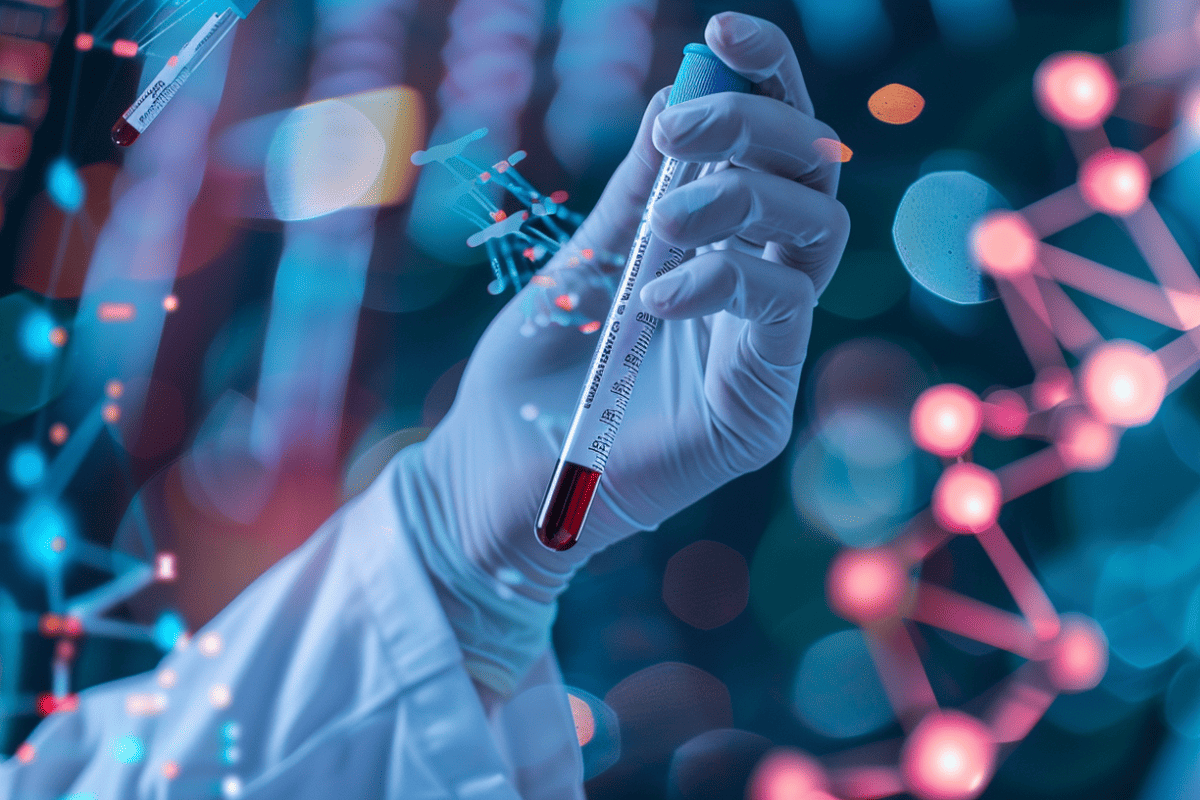You sign up for a Telehealth platform, you read about the process, experience it, and you understand it. It is easy to use and convenient, and until now, you thought it all took place there, while you were sharing screen time with your physician.
Well, the wonderful service that you get is basically synchronous Telehealth. All the magic that takes place behind the scenes, when you finish your consult, ran your tests, and are going on with your life, there is an asynchronous part. Of course, the whole Telehealth experience can also be asynchronous.
So, what is the synchronous/asynchronous process like, how are they integrated, and most importantly, why should you care?
Defining Synchronous Telehealth
To answer these questions, it is important to delve a little deeper into the definitions of synchronous and asynchronous Telehealth, as well as the kinds of service these can comprise. Once you understand both, you might see that this is not an either-or kind of choice, since it goes beyond the delivery of your medical consult.
Let us start with the definition of synchronous Telehealth:
- Live interaction with your physician through the Telehealth platform
- Both parties are present at the same time
- Usually, it is a video call, and it is just like a consult
The interaction is simple and obvious. Your doctor is on the screen with you asking you questions and evaluating your medical situation as you speak. But is this the only kind of Telehealth platform or app available? What if you do not want – for whatever reason – to communicate with your doctor in a synchronous manner?
What is Asynchronous Telehealth?
Asynchronous Telehealth could be thought of as the opposite, although that is not necessarily the case. Here is a definition of asynchronous Telehealth that can help you understand:
- Medical care that does not require you and your physician to be online at the same time
- It is like interaction through email: both parties exchange information without having to be present simultaneously
- Asynchronous Telehealth can also be a complementary phase of synchronous Telehealth
- In other words, every part of the process that happens after you are done talking with your doctor
Asynchronous Telehealth processes can include:
- Evaluation of medical tests
- Data analysis regarding the patient
- A review of a patient’s case and a referral to a specialist
- Medical consults that take place without you and your doctor being on a call with each other
Benefits of Synchronous Telehealth
After reading the definitions, you might think that synchronous Telehealth is better than its asynchronous counterpart. That is, if we are talking about the consult only.
Here are the benefits of synchronous Telehealth consults so you can judge for yourself:
- Timely care, on the spot, with a doctor who is there with you and can make immediate observations
- A wonderful version of the face-to-face experience you are used to from brick-and-mortar clinics
- In the case of psychology or psychiatry, synchronous Telehealth can yield better results than asynchronous interaction
Are There Any Advantages to Asynchronous Telehealth?
You might be surprised to see that some people prefer an asynchronous consults after reading the points above. Nevertheless, you should not dismiss an asynchronous medical consult right away either.
Asynchronous Telehealth has its advantages. Here are some that might surprise you:
- If you need a specialist, asynchronous Telehealth might shorten the waiting period
- Better in terms of cross-cultural communication or even if you are trying to overcome language barriers, since both parties can stop, read again, think, and then reply
Asynchronous Telehealth Processes
Whether you choose an asynchronous or synchronous Telehealth app or platform, there are asynchronous processes that take place regardless. The following are good examples of these kinds of processes:
- Prescriptions sent to your pharmacy of choice
- A doctor who consults with a specialist about a patient’s case
- Your doctor reviewing your medical file to come up with a diagnosis or to refer you to a specialist
- A doctor reviewing test results for their patient
Synchronous Telehealth with Asynchronous Communication Channels
Given the points above, even if you choose a synchronous Telehealth platform or app, you should look for the asynchronous communication channels and how they work, within that platform or app. This will help you keep an open line of communication with your doctor.
Asynchronous communication channels are also crucial for your health. They help you with the following:
- Getting test results and your doctor’s opinion about them as quickly as possible is important for your treatment
- Being able to get in touch with your doctor or having your doctor get in touch with you after your consult can make a huge difference as well
Other Asynchronous Processes
Apart from the importance of asynchronous communication channels, there are some processes that take place after your consult is over that are equally important but are not as obvious to the patient. Antidote Health artificial intelligence – AI – processes are a good example.
After your consult, the machine learning mechanisms keep on working for you, asynchronously, to give your doctor an edge or a special insight based on data that you would not get at a traditional brick-and-mortar clinic. This is just part of the magic that takes place behind the scenes, once your consult is over.
There is a Place for Both Synchronous and Asynchronous Telehealth
So, if you are looking at a Telehealth provider, now you know more about how the platform or app you are looking at works, at least at a conceptual level. This will help you make a better choice about which platform to join.
Above all, it will give you the tools to understand that even synchronous Telehealth is not entirely devoid of asynchronous processes, and you should be looking for those asynchronous tools that will give you the edge as a patient.
Ultimately, the platform or app that offers you the best of both the asynchronous and the synchronous world, is probably the best choice for you. Now you know how to identify it and make the most out of every tool it offers.
This is a sponsored post
Digital Health Buzz!
Digital Health Buzz! aims to be the destination of choice when it comes to what’s happening in the digital health world. We are not about news and views, but informative articles and thoughts to apply in your business.


